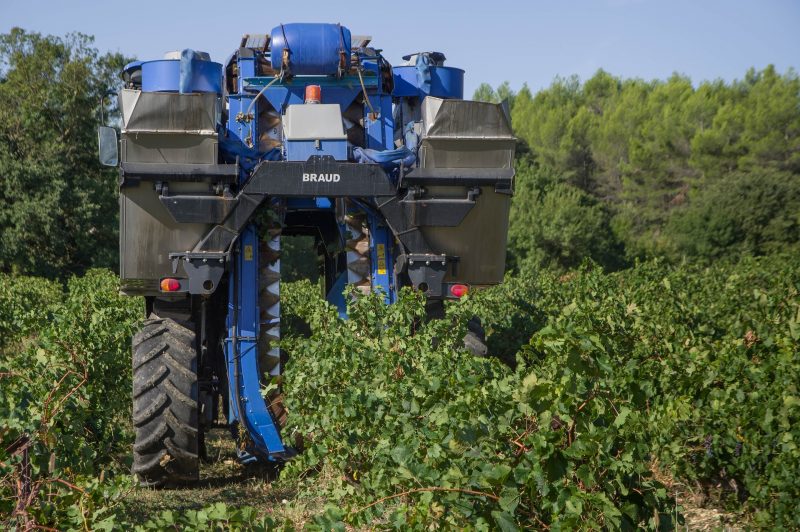Managing the risk of employee heat stress is critical for wine businesses during vintage. This was a key message shared at a recent wine industry briefing in South Australia’s Riverland wine region.
Presented by Australia’s pre-eminent occupational heat stress consultant, Dr Matt Brearley, the briefing titled ‘Heat Stress – Putting Science into Practice’, was organised by the South Australian Wine Industry Association (SAWIA) and held in Berri on 29 October.
“During the hot summer months of vintage, managing the risk of heat stress is a key challenge for businesses with staff working in the vineyard and cellar,” said SAWIA business services manager Henrik Wallgren.
“We developed this industry briefing to share key advice on how to best manage the risk of heat stress in the wine industry.”
Measures that can be put in place to manage the risk include:
- Making staff and supervisors aware of the signs of heat stress and heat stroke;
- Ensuring staff are fully hydrated before they start work;
- Ensuring access to cool drinking water and encouraging staff to drink water throughout the day;
- Increasing air movement by using fans where possible;
- Limiting consumption of caffeinated drinks and alcohol, which contribute to dehydration;
- Considering earlier start times to enable work to be performed before it gets too hot;
- Providing cool, ventilated areas for breaks;
- Ensuring staff take regular breaks;
- Ensuring appropriate clothing is worn, including hats;
- Having emergency measures in place.
“A key message from the session was the importance of being aware of the signs of heat exhaustion, including elevated heart rate and respiratory rate, low blood pressure, profuse sweating and ashen appearance, leading to thirst, weakness, discomfort, anxiety and dizziness,” Wallgren said.
“Ultimately, heat exhaustion manifests as an inability to effectively perform physical work in the heat. This may progress to heat stroke which is potentially fatal.”
Dr Matt Brearley demonstrated the most effective way of providing emergency care to a person suffering heat stroke at the session.
The session also covered ‘heat hangovers’ – where workers later suffer side effects from excessive heat exposure, including fatigue, irritability, headache and nausea.
















